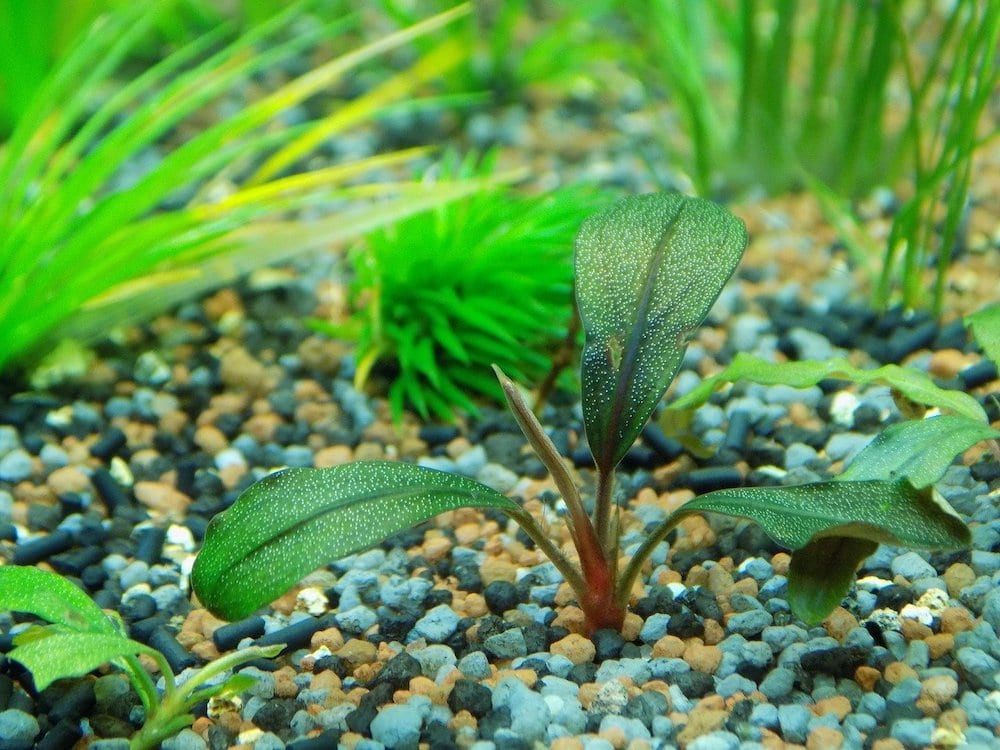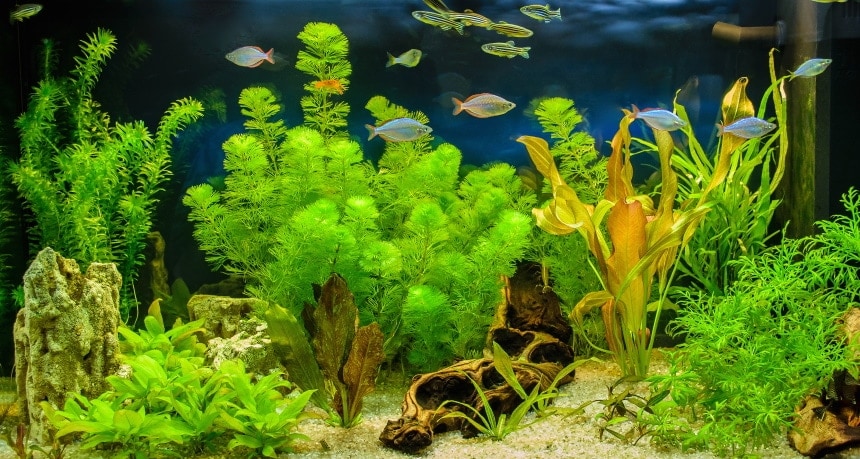How Long Do Axolotls Live? 6 Tips to Ensure a Long Life

Updated on
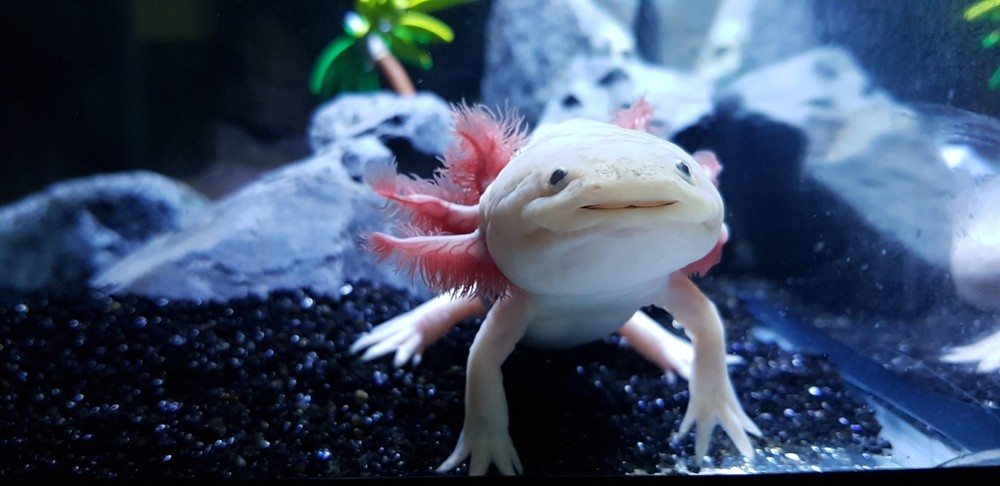
Axolotls are some of the coolest little creatures to have in an aquarium. These little fish-salamander hybrids, known as the Mexican walking fish, have quite an astounding lifespan.
So, how long do axolotls live? Well, this does depend if they are in captivity or not. In the wild, they will generally live between 5 to 10 years, while in captivity they will generally live between 10 to 15 years, with a 12-year lifespan being the average.
How Long Do Axolotls Live as Pets?
When kept in captivity, in a home aquarium, you can expect a well-cared-for axolotl to make it to between 10 and 15 years of age, with around 12 years being the median. It is very important to stress that only well-cared-for axolotls will make it to this age.
These creatures are very sensitive and fragile, or in other words, it doesn’t take too much to kill them. That said, when very well cared for, they have been known to live for up to 20 years.
How Long Do Axolotls Live In The Wild?
Axolotls are peaceful creatures that avoid contact and confrontation with other animals whenever possible. However, axolotls are not very quick swimmers, they aren’t very agile, they don’t really have teeth or claws, and they have no real way of defending themselves.
Simply put, for any predator around, they make for a really easy-to-catch meal. Therefore, in the wild, it’s rare to see an axolotl get older than 10 years of age, with even 5 years being a big accomplishment for a wild axolotl.
How Many Axolotls Are Left In The World?
The official estimate at this time is that there are between 1,400 and 1,600 axolotls left in the wild. However, there are many thousands more in pet stores and home aquariums.
This number is unknown, but rough estimates place the total population of axolotls in the world, both wild and domestic, at under 10,000.
Are Axolotls Endangered?
Yes, in fact, not only are axolotls endangered, but they are actually critically endangered. At this time, it is estimated that there are far more axolotls living in captivity than in the wild. The reason why they are endangered is due to the fact that there is only one lake in the world where they breed naturally, Lake Xochimilco.
Moreover, other aspects, such as pollution, loss of environment, and humans in general have caused a sharp decline in axolotl populations.
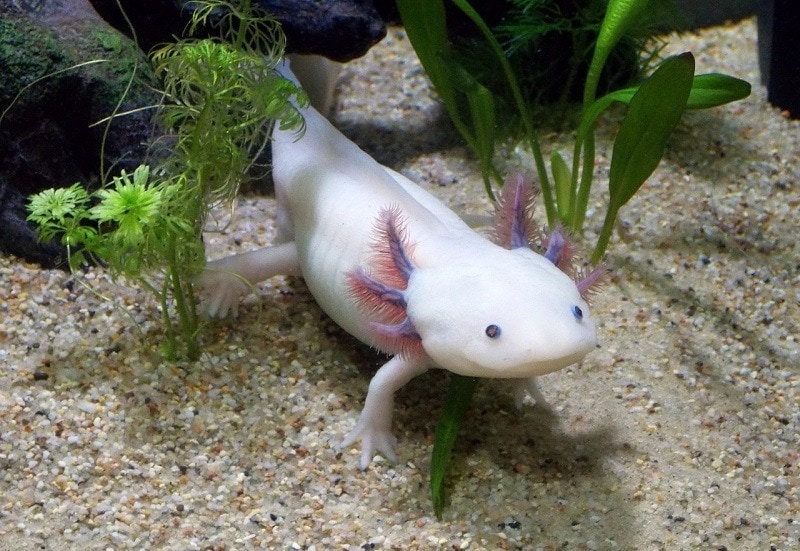
The 6 Ways to Ensure Your Pet Axolotls Lives a Long Life
Yes, axolotls are fairly fragile and sensitive creatures, but there are ways to help ensure that your axolotls live long and healthy lives. Let’s take a look at the most important tips in this regard.
1. Ideal Water Parameters
One of the most important aspects to keep your axolotl alive for as long as can be is how the water is. In other words, axolotls require the water to be at a certain temperature, between 60 and 64 degrees Fahrenheit, which is quite cool.
You may need to get a cooling unit for your aquarium and you definitely want an aquarium thermometer to measure the temperature. Keep in mind that slightly cooler is acceptable, but warmer water is not. If you don’t meet the ideal temperature requirements for these little guys they won’t live for long at all.
At the same time, the pH and dGH levels are also important to pay attention to. In terms of acidity, the pH level for axolotl water is between 6.5 and 8.0, with the ideal being somewhere around 7.2. In terms of water hardness, they require moderate hardness between 7 and 14 dGH.
2. A Clean Tank
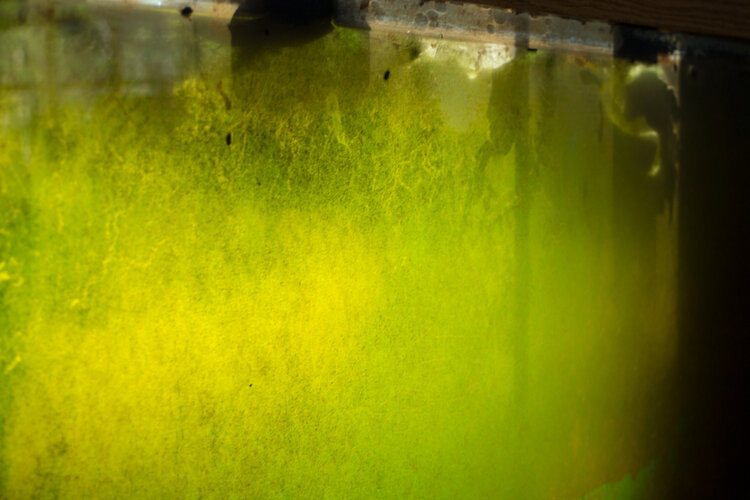
Another very important thing to do is to ensure that the tank water is as clean as can be. Axolotls are very sensitive to dirty water, particularly to ammonia and nitrates. Dirty water in general is very bad for axolotls, as it can cause stress in them, it can cause their organs to shut down, and even minimal levels of ammonia can cause death.
Uneaten food, untreated waste, rotting plants, and other such things can all cause bad water quality, which can shorten axolotl lifespans and kill them. If you don’t clean your tank enough, you don’t vacuum it, and if the filter is not working at full capacity, the water quality is going to suffer. Therefore, what you need to do is ensure that you do weekly water changes of about 30%.
This will help remove a lot of contaminants from the water. You also want to clean the tank from top to bottom at least once per week. Finally, a highly efficient filter that engages in all three major types of filtration, including mechanical, biological, and chemical filtration is necessary.
3. The Right Food
Something else that will help ensure a long and healthy life for your axolotl is proper feeding. Feeding these animals a high-quality diet that meets or even exceeds their nutritional requirements is a must. In general, axolotls have very high protein requirements and are meat eaters at heart. This means that you should feed them lots of insects and insect larvae, fish fry, daphnia, worms, and other such things.
You can also feed them some cooked lean chicken and lean beef, as well as cooked shrimp. It is shown that axolotls fed nothing but nightcrawlers (earthworms) are perfectly healthy. Now, an axolotl may enjoy some live foods because it helps them keep in touch with their instinct to hunt. However, live foods, and even frozen foods, often contain parasites that can kill axolotls.
To avoid this from occurring, feed them only freeze-dried foods. Axolotls are actually super susceptible to diseases and parasites, so keeping this under control is paramount.
4. Minimal Handling
Something you should avoid doing, at least if you want your axolotl to live a long life, is to handle it. Sure, you’ll have to touch it sometimes, especially when cleaning the tank and other such things.
However, contact should be avoided, and the handling of axolotls should be kept to an absolute minimum. These are fragile creatures and it’s not hard to break one of their legs. Sure, axolotls can completely regrow lost limbs, but it still doesn’t do them any favors in terms of stress or their overall lifespan.
Moreover, axolotls can be out of the water for short periods of time, but it is not recommended. Axolotls have a slime coat, which will be removed by your hands and will dry out in the air. This slime coat protects them, keeps parasites and bacteria at bay, and keeps them moist.
If they are out of the water for too long, this protective coat will disappear, thus leaving the axolotl in immediate and grave danger. Whatever you do, touch the axolotl as little as possible and leave it in the water whenever possible.
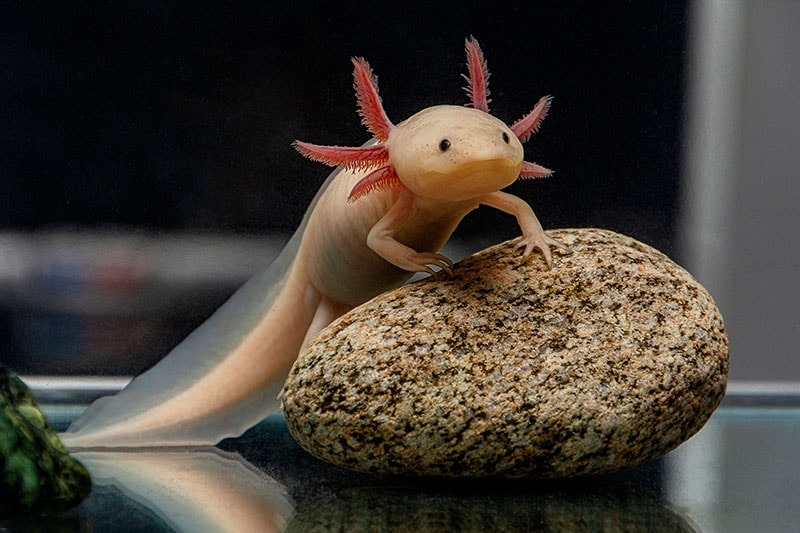
5. The Right Tank Setup
Sure, you need a filter, plants, and all of that other stuff, but what is very important to keep in mind with axolotls is that they require a very specific substrate. The reason for this is that axolotls are clumsy and voracious eaters, and they often feed directly from the substrate. Therefore, axolotls often get a mouthful of substrate along with their food.
If you don’t have the right substrate when they ingest it, it can get impacted, or in other words, it clogs up their digestive tract, and this can quickly lead to death. The only viable option is to use high quality aquarium sand substrate which is designed to prevent impaction from occurring. Using gravel as an axolotl substrate is in no way recommended.
6. The Right Tank Mates
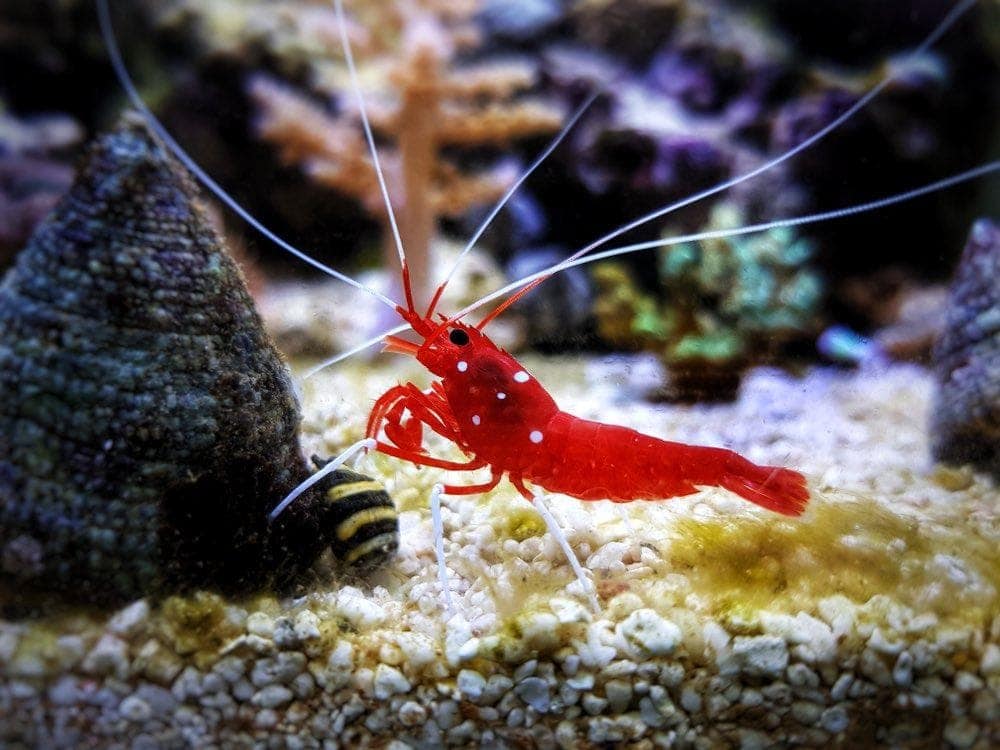
The other thing you need to do in order to ensure a long life for your Mexican walking fish is to house them with the right tank mates. The best tank mates for these little guys are other axolotls. You may also add some very small and peaceful fish to the tank, such as minnows. Snails and shrimp.
However, other than that, there are not too many viable tank mates for axolotls. Any large, fast-swimming, voracious eating, territorial, aggressive, or bottom-dwelling fish should be avoided. If a fish meets any one of the qualifications above, it should not be put in an axolotl tank, let alone if it meets several of them. For instance, a territorial and aggressive betta fish is definitely out of the question.
Final Thoughts
The bottom line here is that you need to follow all of the tips we have outlined today in order to give your axolotl a fighting chance to get to its maximum age. These are sensitive and fragile creatures that require great care.
You Might Also Be Interested In:
Featured Image Credit: Jeffrey Lagmay, Shutterstock


